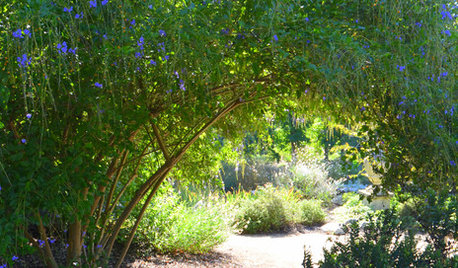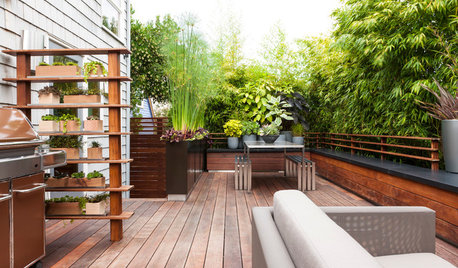How to get a peace lily to bloom again?
flamingogirl
14 years ago
Featured Answer
Sort by:Oldest
Comments (11)
tapla (mid-Michigan, USDA z5b-6a)
14 years agotommyr_gw Zone 6
14 years agoRelated Professionals
Citrus Heights Landscape Architects & Landscape Designers · Fort Lee Landscape Architects & Landscape Designers · Kenmore Landscape Architects & Landscape Designers · Burlington Landscape Contractors · Cupertino Landscape Contractors · Fairfield Landscape Contractors · Hollywood Landscape Contractors · Metairie Landscape Contractors · Midland Landscape Contractors · Milford Mill Landscape Contractors · Sammamish Landscape Contractors · Tinton Falls Landscape Contractors · Wayland Landscape Contractors · Maplewood Landscape Contractors · Linton Hall Interior Designers & Decoratorstapla (mid-Michigan, USDA z5b-6a)
14 years agotommyr_gw Zone 6
14 years agotapla (mid-Michigan, USDA z5b-6a)
14 years agotommyr_gw Zone 6
14 years agoflamingogirl
14 years agotapla (mid-Michigan, USDA z5b-6a)
14 years agoflamingogirl
14 years agotapla (mid-Michigan, USDA z5b-6a)
14 years ago
Related Stories

HOUSEPLANTSHow to Force Amaryllis Bulbs Indoors
Enjoy vibrant red blossoms even as gardens turn snowy white, by teaching this hardy repeat performer to ignore the calendar
Full Story
GARDENING GUIDESTop 12 Summer-Blooming Perennials for Deer-Resistant Drama
Can you have garden color, fragrance and exciting foliage with hungry deer afoot? These beauties say yes
Full Story
FLOWERS AND PLANTSHeat-Loving Duranta Erecta Blooms From Spring Into Early Fall
Golden dewdrops, a versatile tropical shrub, has delicate purple and white blossoms
Full Story
FEEL-GOOD HOMEGive Peace a Chance: Room-by-Room Tips to Create Calm
Let the outside world have its chaos. You deserve a home that's a tranquil haven where you can relax and regroup
Full Story
BACKYARD IDEASTake a Peek: A Peaceful Backyard Near Puget Sound
Behind a screen of bamboo trees, discover a peaceful garden retreat in the Pacific Northwest
Full Story
LIFEMorning Nook Tips for Sleepyheads to Get-Up-and-Goers
Whether you whack the snooze button or spring out of bed, these ideas can help you create a refreshing space that helps you on your way
Full Story
HOUSEKEEPING7-Day Plan: Get a Spotless, Beautifully Organized Bedroom
Create a sanctuary where you can relax and dream without the nightmare of lurking messes
Full Story
EDIBLE GARDENSNatural Ways to Get Rid of Weeds in Your Garden
Use these techniques to help prevent the spread of weeds and to learn about your soil
Full Story
DECORATING GUIDESA Mobile Home Gets a Bohemian-Chic Makeover
Designer infuses world traveler’s guesthouse with tribal textiles, Moroccan tiles and kilim rugs
Full Story
SAVING WATERXeriscape Gardens: How to Get a Beautiful Landscape With Less Water
Conserve water and make gardening much easier with the xeriscape approach’s 7 principles
Full Story







tapla (mid-Michigan, USDA z5b-6a)